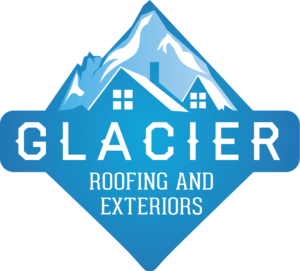FAQ
What Sets Glacier Apart From Other Roofing Companies In The Northwest?
Roof Repair And Replacement FAQ's
Prior to choosing your roofing/exterior team, we always encourage home and business owners to do their research. There is no prior training required to advertise yourself as a “roofing contractor”.
Unfortunately, there are roofing contractors that take advantage of many people after storms. Most of them travel from state to state and leave town with loose ends or no one to warranty the work after the work has been completed. Oftentimes they do not disclose that they are out of towners. Here are a few tips to choosing the right roofer for you:
- Google them. Do they have a local presence? Many companies try to claim “local” after a storm, but the reality is many of them are not.
- Do they have a website? Have they made it a priority to have an online presence and stay easily accessible to their customers?
- Are they easy to get a hold of? Do they provide you with an email and phone number?
- Read the reviews. A few bad reviews does not mean they are bad. As humans, we can not be perfect all the time. But make sure that the majority of them are good and describe the experience the customer received. Fake reviews are often short, and lacking details.
- Are they licensed, bonded, and insured in your state? This can usually be found on your state website.
Insurance Claims FAQ
What If My Insurance Provider Issues A Partial Check And Will Issue The Rest On Proof Of Completion?
Glacier is aware that when there is a mortgage on your home, the insurance provider may require a signature from your mortgage company. In this situation, most mortgage companies have designated claim fund departments for your convenience. They will be able to provide you with all the information and documentation you will need to endorse your insurance check.
There are two major types of residential insurance policies: Actual Cash Value (ACV) and Replacement Cost Value (RCV)
Actual cost value policies (ACV): pays you what your property is worth today. Actual cash value is calculated by taking what it would cost to buy your property new today, and subtracting depreciation for factors such as age, & condition.
Replacement Cost Value (RCV): the amount it costs to replace your property with new property, without deducting for depreciation.
This happens more often than not. And while the spike in number may alarm you, it is for your best interest. Your insurance adjuster is not a roofing professional, and therefore can not assess damage with 100% accuracy. We want to make sure that we do the job right, and do not ignore any damage that is present.
We will work with the insurance company on your behalf to document the additional damage and request approval to repair the damage under the initial claim.
Supplements are a settlement for additional work that is identified as required after the initial settlement agreement.
